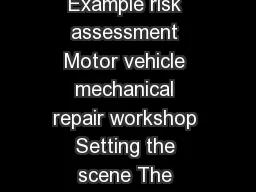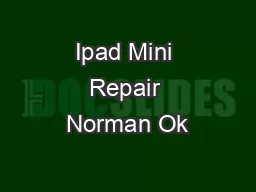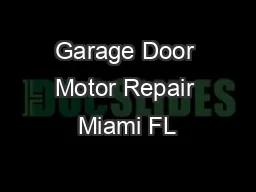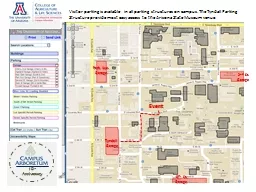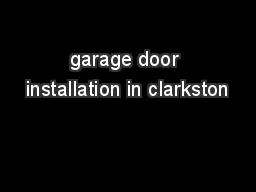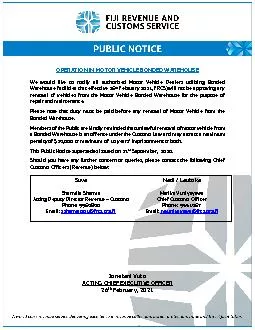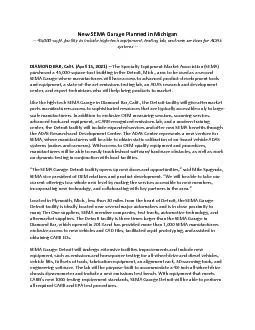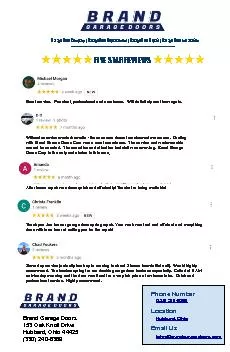PDF-of pages Health and Safety Executive Example risk assessment Motor vehicle mechanical
Author : stefany-barnette | Published Date : 2015-01-20
The business employed 12 mechanics including two apprentices who carried out mechanical repairs How was the risk assessment done The garage manager first looked
Presentation Embed Code
Download Presentation
Download Presentation The PPT/PDF document "of pages Health and Safety Executive Ex..." is the property of its rightful owner. Permission is granted to download and print the materials on this website for personal, non-commercial use only, and to display it on your personal computer provided you do not modify the materials and that you retain all copyright notices contained in the materials. By downloading content from our website, you accept the terms of this agreement.
of pages Health and Safety Executive Example risk assessment Motor vehicle mechanical: Transcript
Download Rules Of Document
"of pages Health and Safety Executive Example risk assessment Motor vehicle mechanical"The content belongs to its owner. You may download and print it for personal use, without modification, and keep all copyright notices. By downloading, you agree to these terms.
Related Documents

